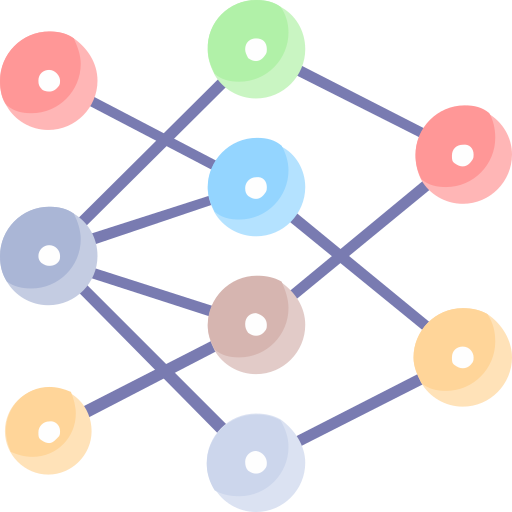To prevent overfitting in neural networks, regularize by applying L1 (Lasso) and L2 (Ridge) penalties to loss functions, using early stopping based on validation set performance, implementing dropout, simplifying the architecture, gathering more data, and augmenting datasets. Key methods recommended are early stopping and dropout.

“`html
Simple Guide to Preventing Overfitting in Neural Networks
Key Solutions:
- Regularisation Techniques
- Early Stopping
- Dropout Method
Value for Your Business:
- Improved Prediction Accuracy
- Consistent Model Performance
- Efficient Use of Data
Understanding Overfitting
Avoid the pitfall of your model memorizing data instead of learning from it. A well-fitted model should predict new data accurately, not just repeat what it has seen.
Regularisation: Lasso and Ridge
Keep your neural network simple with Lasso (L1) and Ridge (L2) regularisation. This helps control your model’s complexity and enhance its ability to generalize well on new data.
Early Stopping: A Must-Use Technique
Monitor your model’s performance on a separate validation set during training. If the model stops improving, halt further training to prevent it from overfitting.
Dropout: Enhance Generalization
Introduce randomness in the training process with dropout. This technique forces individual neurons to learn more robust features that generalize better.
More Practical Tips
- Simplify Model Architecture
- Expand Your Training Data
- Use Data Augmentation
Conclusion: Regularisation, early stopping, and dropout are key strategies in your toolkit to prevent overfitting and maintain robust neural network performance.
Interested in integrating AI into your business strategies? Let’s talk! Email us at hello@itinai.com. Stay updated with the latest in AI through our Telegram channel or follow us on Twitter @itinaicom.
Explore our AI Sales Bot to revolutionize your customer engagement and sales processes.
“`
List of Useful Links:
- AI Lab in Telegram @aiscrumbot – free consultation
- Regularisation Techniques: Neural Networks 101
- Towards Data Science – Medium
- Twitter – @itinaicom



























